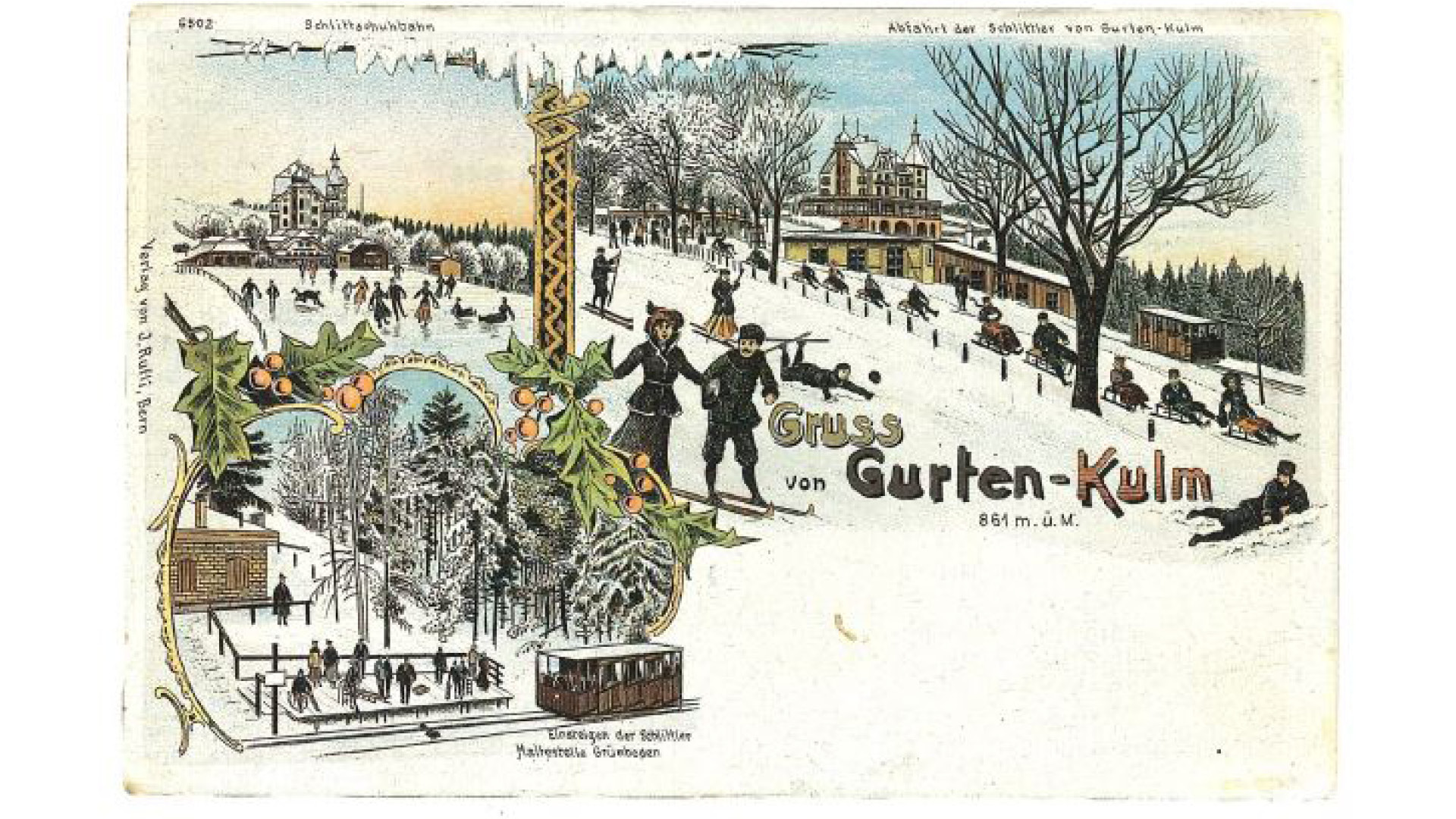
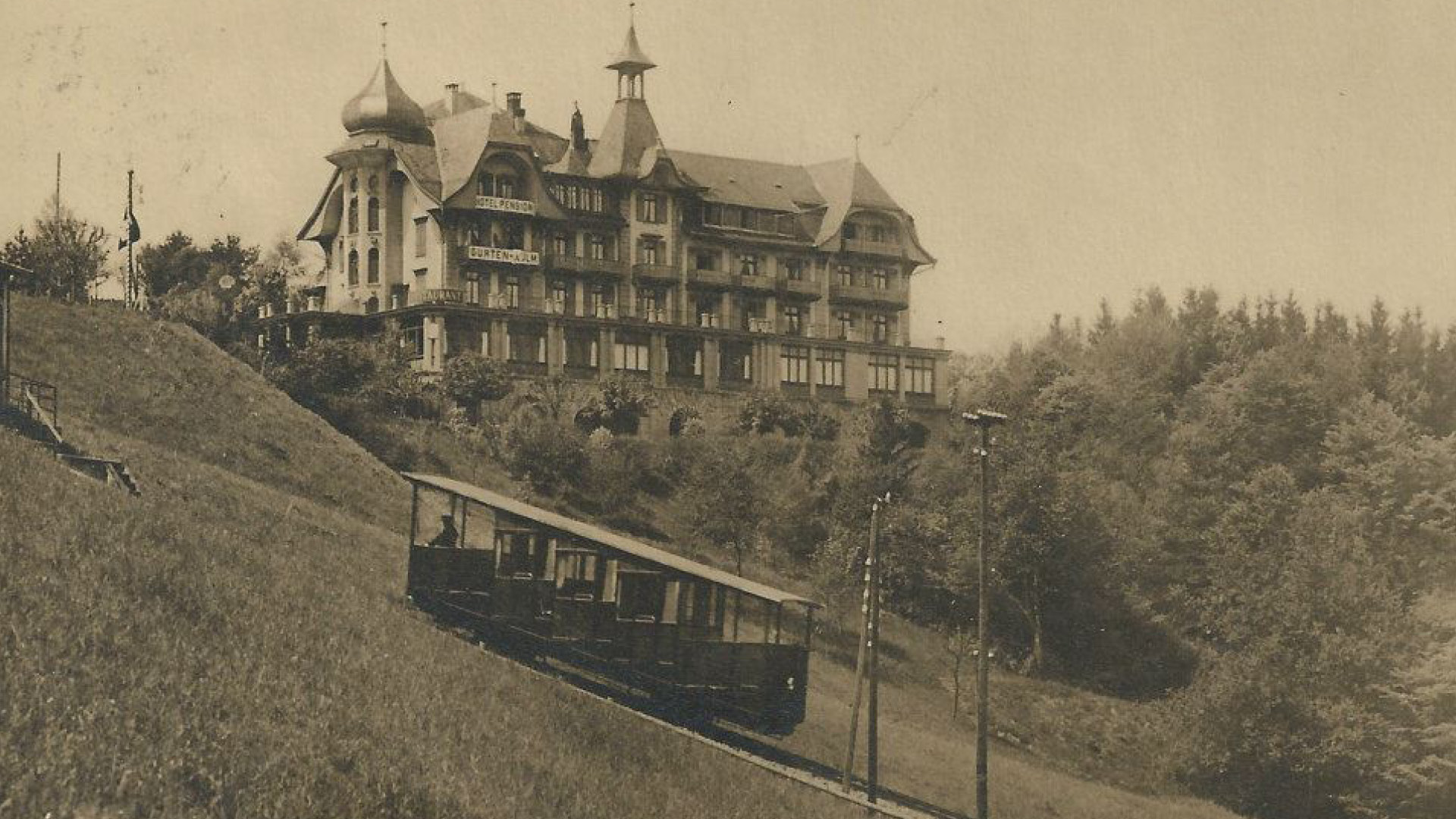
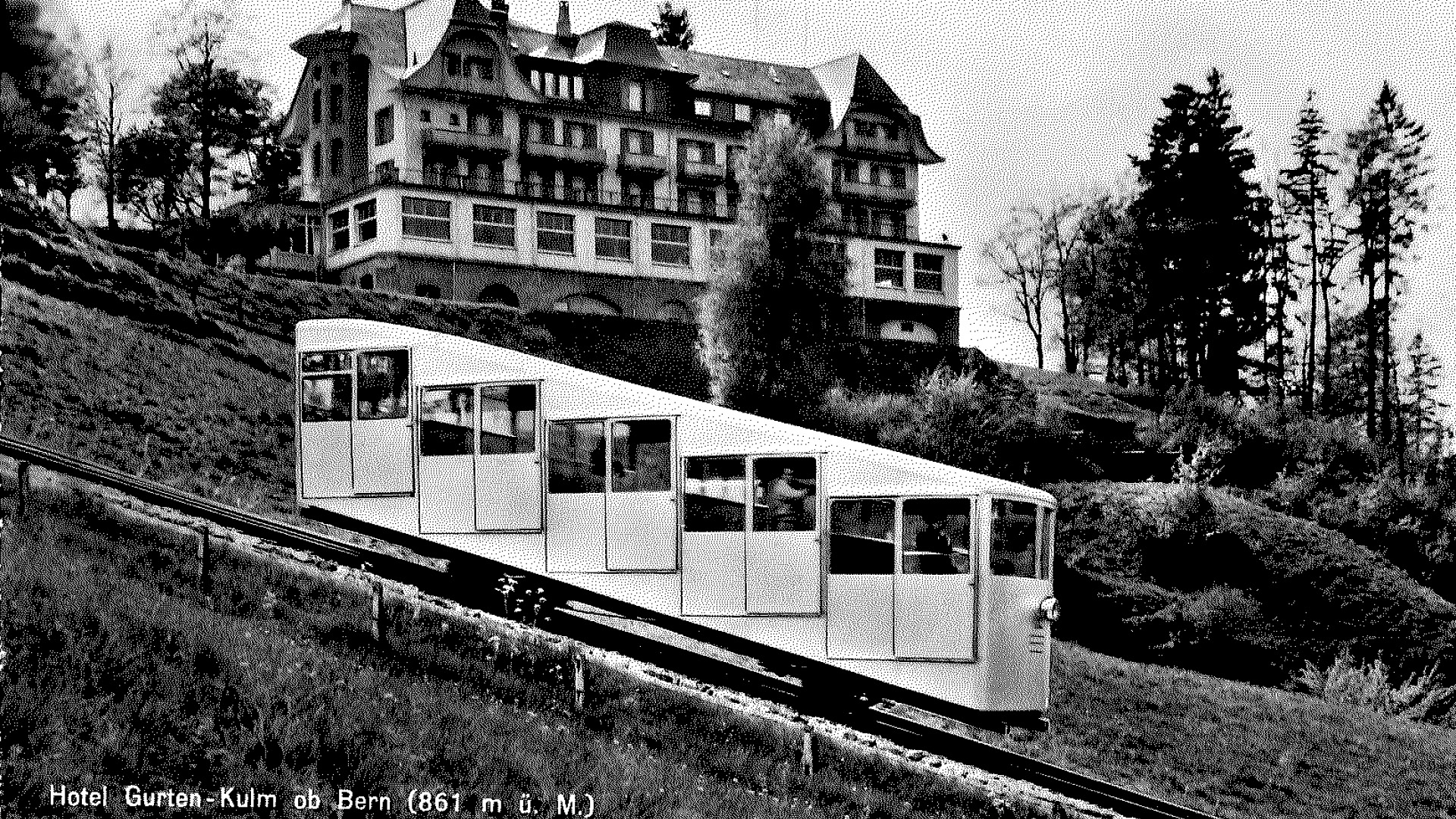
Travel back to the past
The Gurten funicular was opened on September 12, 1899. It has become a modern rail company that no inhabitant of Bern can do without. It creates access to the car-free local recreation area and, since 1999, offers breathtaking views on the way up the mountain thanks to the modern panorama coach. Every year, the Gurten funicular transports about 1,000,000 people, quickly, comfortably and safely up the mountain overlooking Bern. In five minutes, you are out of the city.
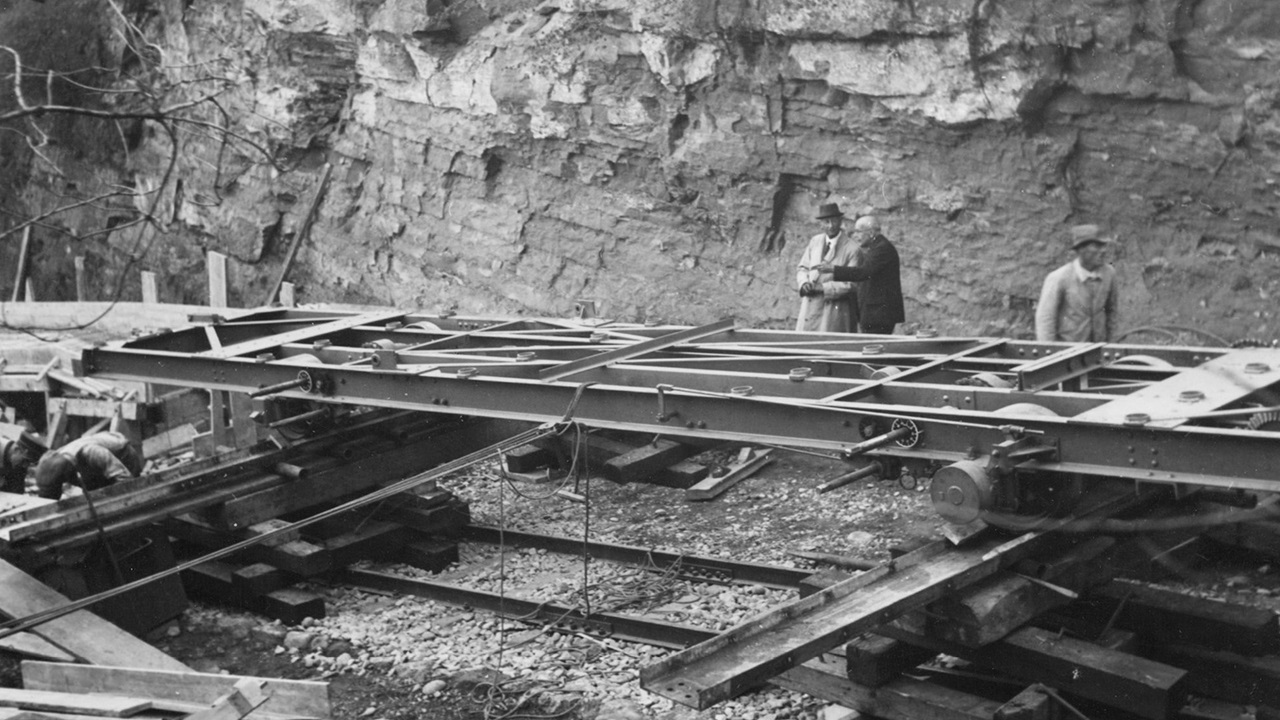
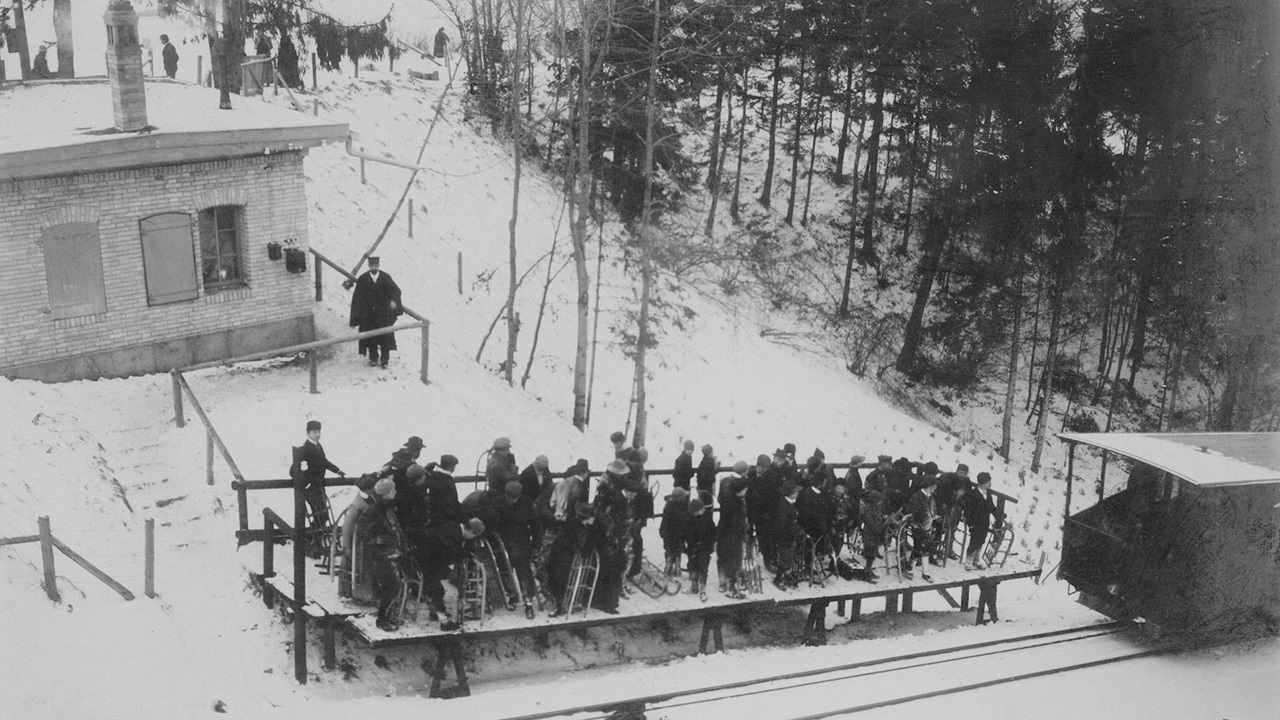
Initial stumbling block
The train was finished and ready for use at the beginning of July 1899, but was unable to operate for want of an electricity supply. It only came into service on September 12. By the end of the year, a total of 33,000 people had made the trip. Unfortunately, the landowner prohibited skiing and sledding on his land in 1907. Consequently, the Gurten became a sporting wasteland.
World War One
Due to World War One, the number of passengers fell drastically. Only 33,400 journeys were made in 1915. As a result, the price of a return trip in 1916 was reduced from CHF 1.50 to CHF 1. This had the desired effect of increasing the number of passengers together with revenue, and in turn affected the wages of the staff, as wages were increased as the success of the Gurten funicular grew.
In 1935, a new record was set with regard to the number of passengers. Some 131,700 journeys were made up the Gurten. In the very same year, bridge reinforcements were implemented and electric heating was installed in the coaches.
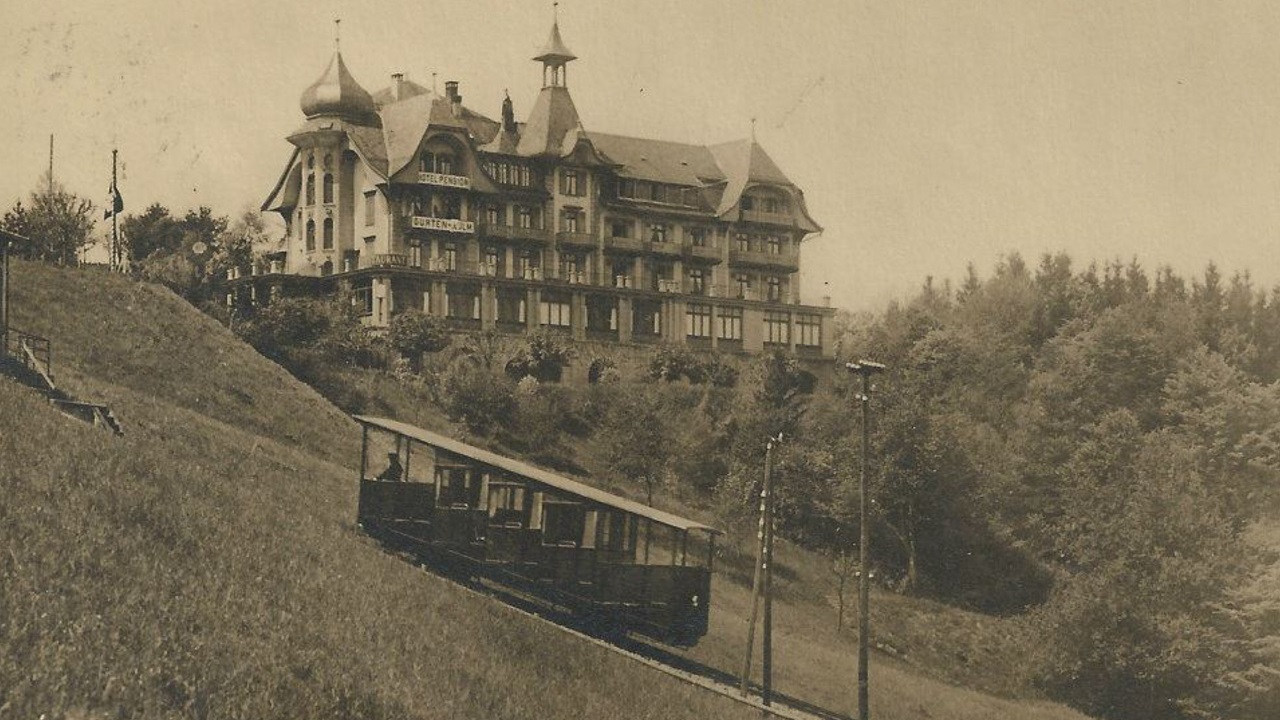
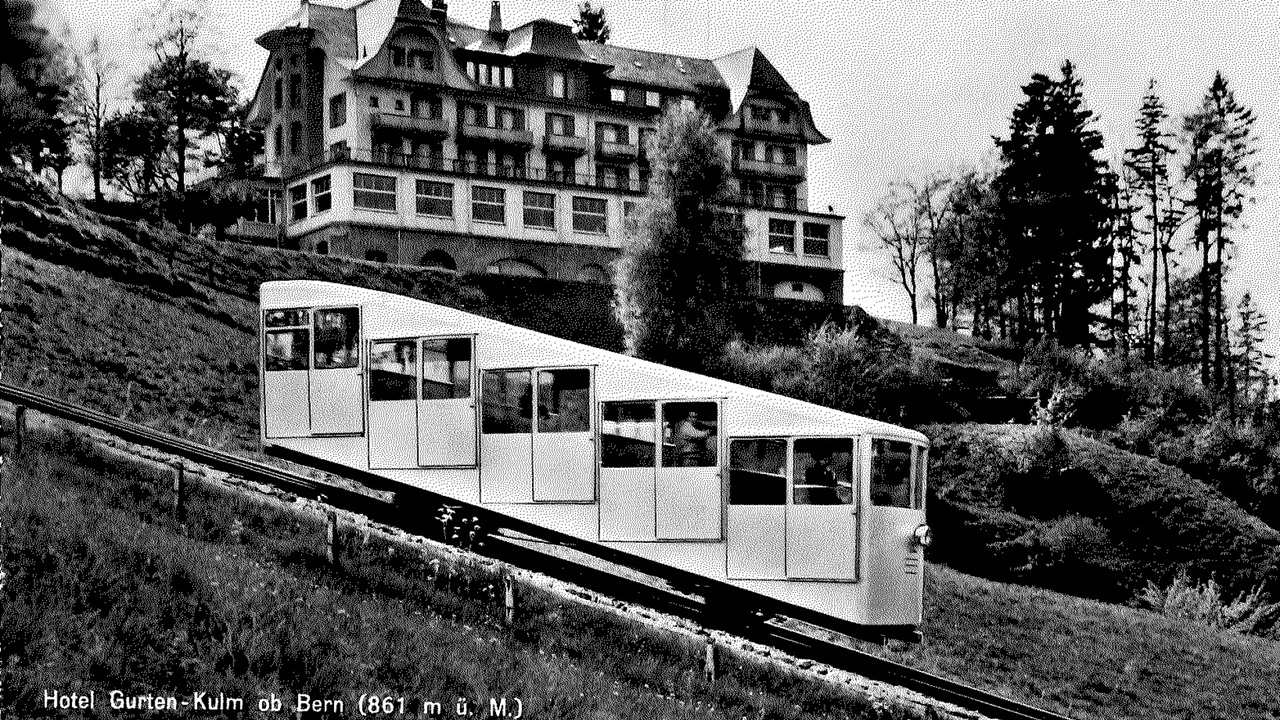
Major overhaul after 45 years of service
After 45 years of service, major renovations were undertaken in 1944: new coaches for 100 people instead of 60, casings made from light metal, a more powerful drive motor, a journey time reduced from seven minutes to five, remote control from the coach, a strengthening of the superstructure and a total refurbishment of the valley station. Capacity increased from 400 to 700 people per hour and to as much as 850 during sports events.
Despite the interruption in service due to the overhaul, some 196,000 people were transported that year, an absolute record since the service had opened. The cost of the renovation work was covered by equity and a loan from the municipality of Bern. This led to the first ever price increase, with a return trip costing CHF 1.20 instead of CHF 1.
Record highs and lows
A new record was recorded on the Swiss National Day in 1946. Thanks to the increased capacity of the new coaches, a total of 5,800 people were transported in a single day. With a total of 264,200 passengers in 1947, another new record was set. In 1956, barely nine years later, the Gurten funicular recorded a new low of only 213,600 passengers. The management studied a new concept for the Gurten.
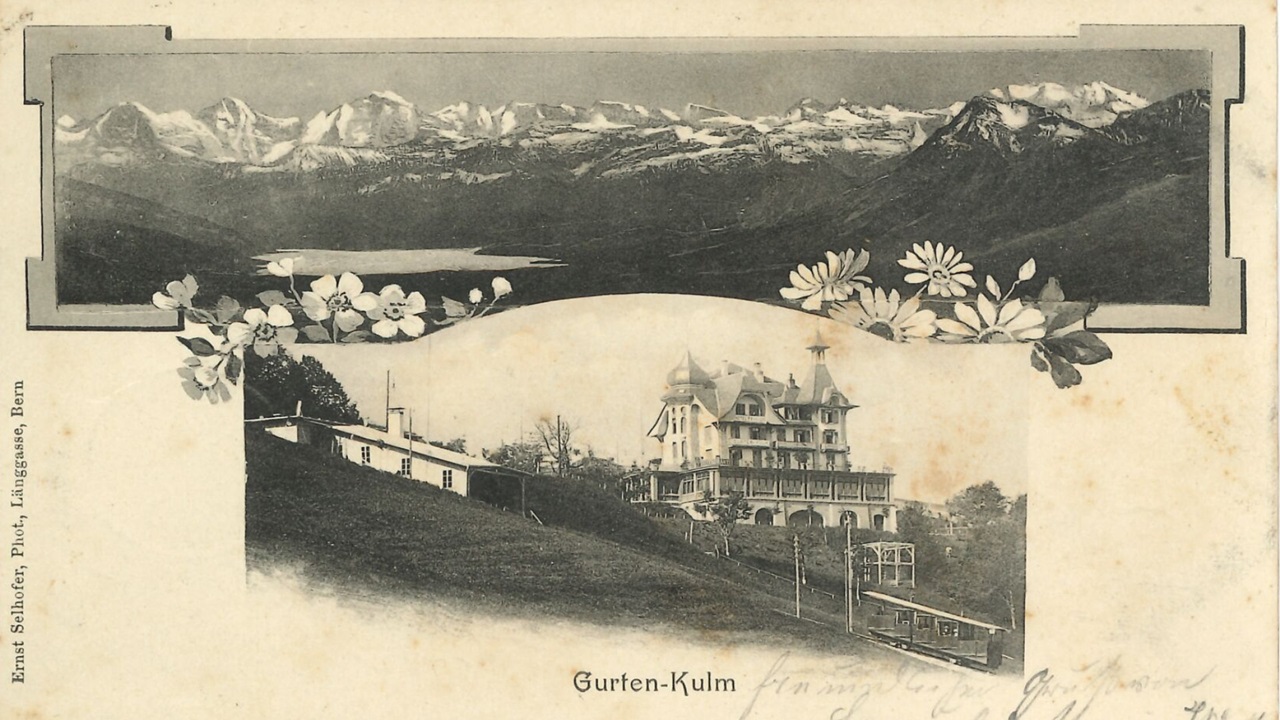
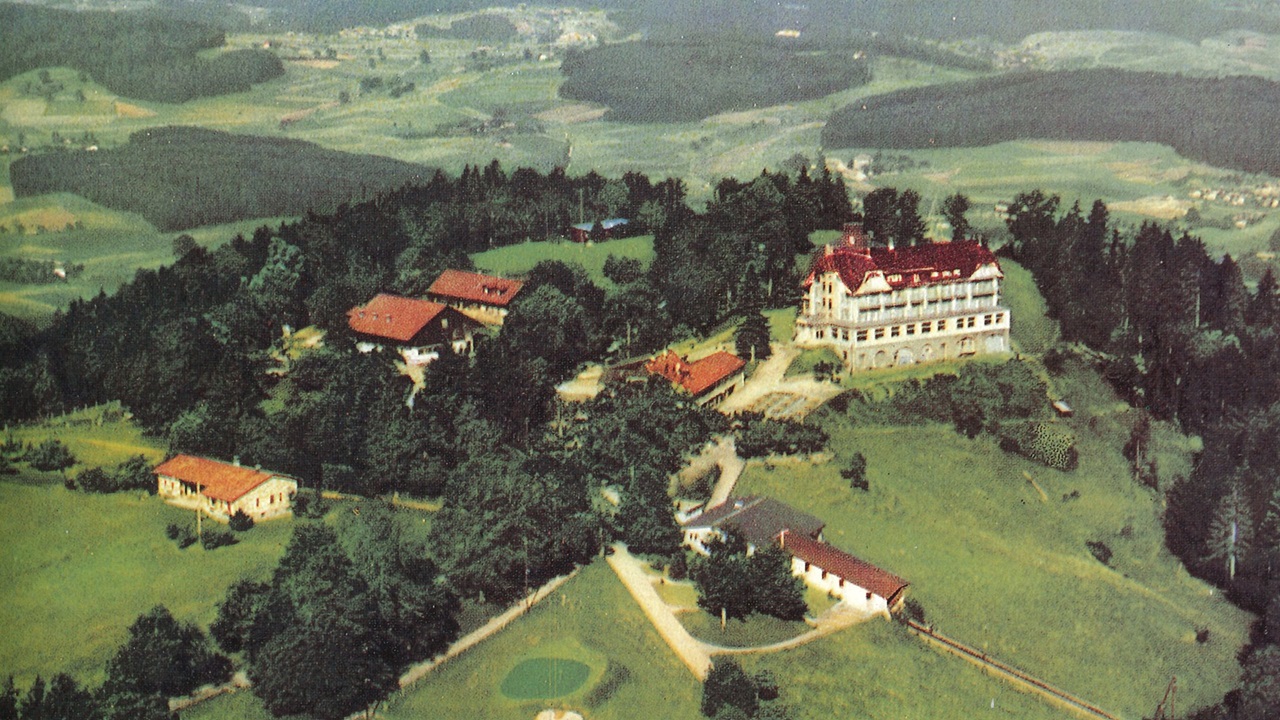
New concept
In mid-1959, W. Jöhr, the Deputy Director of the SVB, took over from Dr. F. Bandi as the operational manager of the Gurten funicular. The new concept approved by the municipal council came into effect. Following the departure of the golf club, the huge expanse of the Gurten could be opened to visitors.
The children’s playground was redesigned. Construction also began on the Gurten circular trail and a general ban on cars was announced.
Taking the miniature train to success
In 1960, young people helped developed the children’s playground with a miniature train, a play street and a “Chutzendörfli” village. This led to a 30% increase in the number of visitors, giving rise to structural improvements in the hotel.
Just four years later, the miniature train was extended by means of a tunnel. The plan for a comprehensive renewal of the operational facilities was developed. The Gurten-Schwinget recorded the highest number of summer visitors with a total of 6,700 people. In 1964, a total of more than 400,000 passengers was recorded for the very first time.
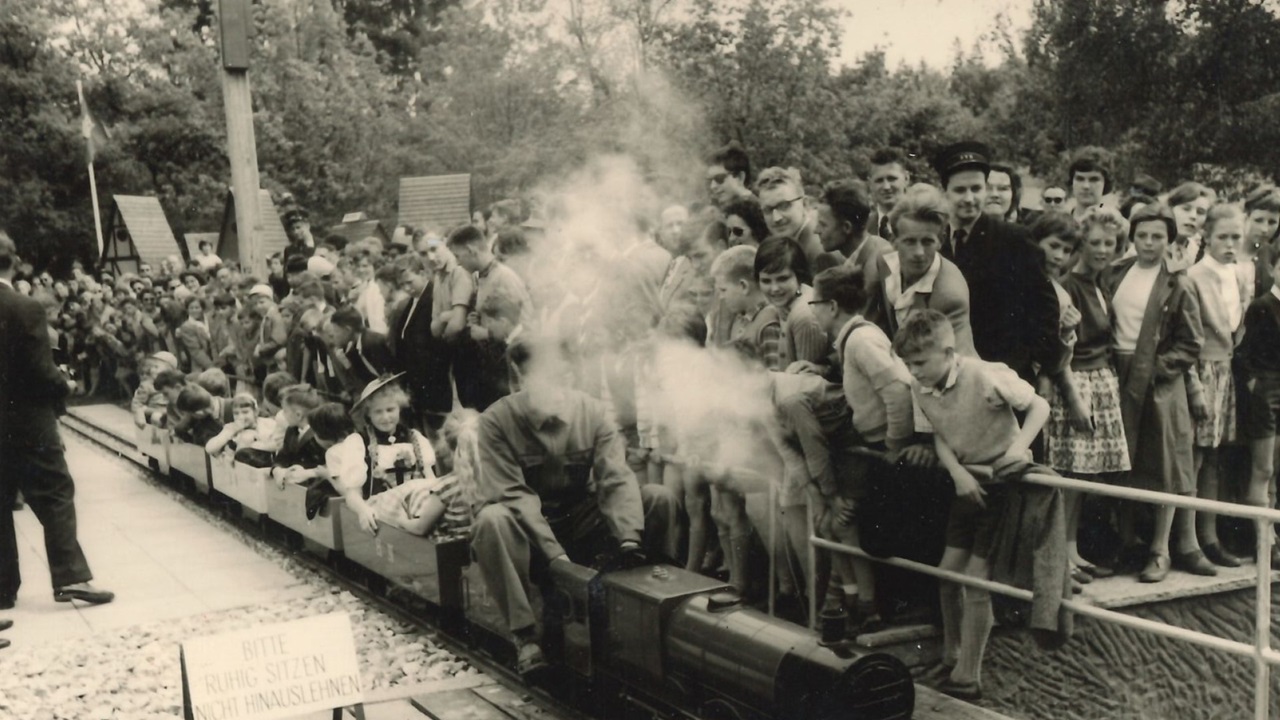
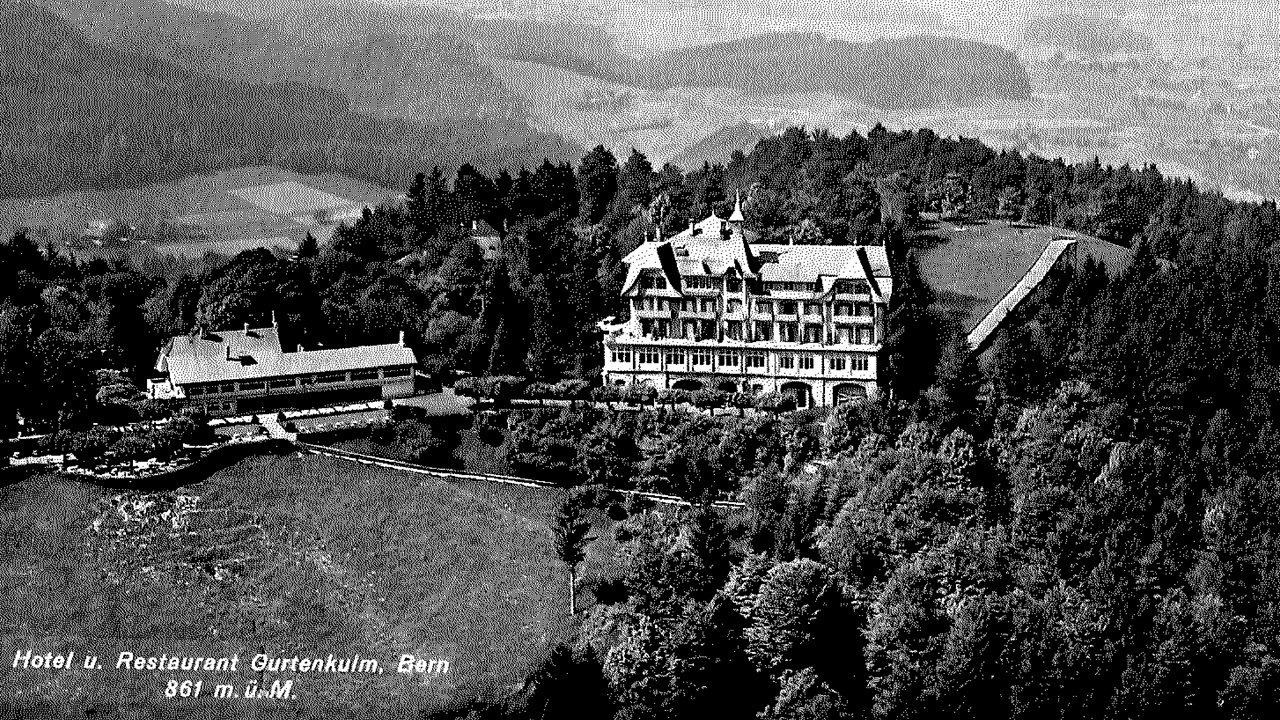
Transport capacity increased by one third
In 1966, a new price increase was implemented with a return trip costing CHF 2 instead of CHF 1.80. Furthermore, the funicular was again refurbished and the following measures were implemented: the maximum capacity was increased from 850 to 1,350 passengers per hour; the normal speed in peak hours could be increased from 3.5 m/sec. to 5.7 m/sec., the journey time was five minutes and only 3½ minutes in peak hours, the electronic remote control of the coaches allowed partial one-man operation and the valley station was entirely rebuilt.
The total cost of the renovation work was CHF 1,825,000. The city granted an interest-bearing loan of CHF 950,000 and a non-repayable contribution of CHF 524,000. This was the first public sector support granted since the funicular had opened.
Lightning strike on August 1
The new opening of the park terrace on the Gurten and the new baby cart track in the children’s play area attracted the public. On August 1, 1970 a new high of 9,500 people was recorded. A lightning strike near the top station caused a short interruption in service. In 1973, with good snow conditions in February and March, the number of passengers increased to 453,900, the highest annual figure since the funicular had been in service.
The top station was extended in 1982 with a waiting room, followed by a station buffet in 1984.
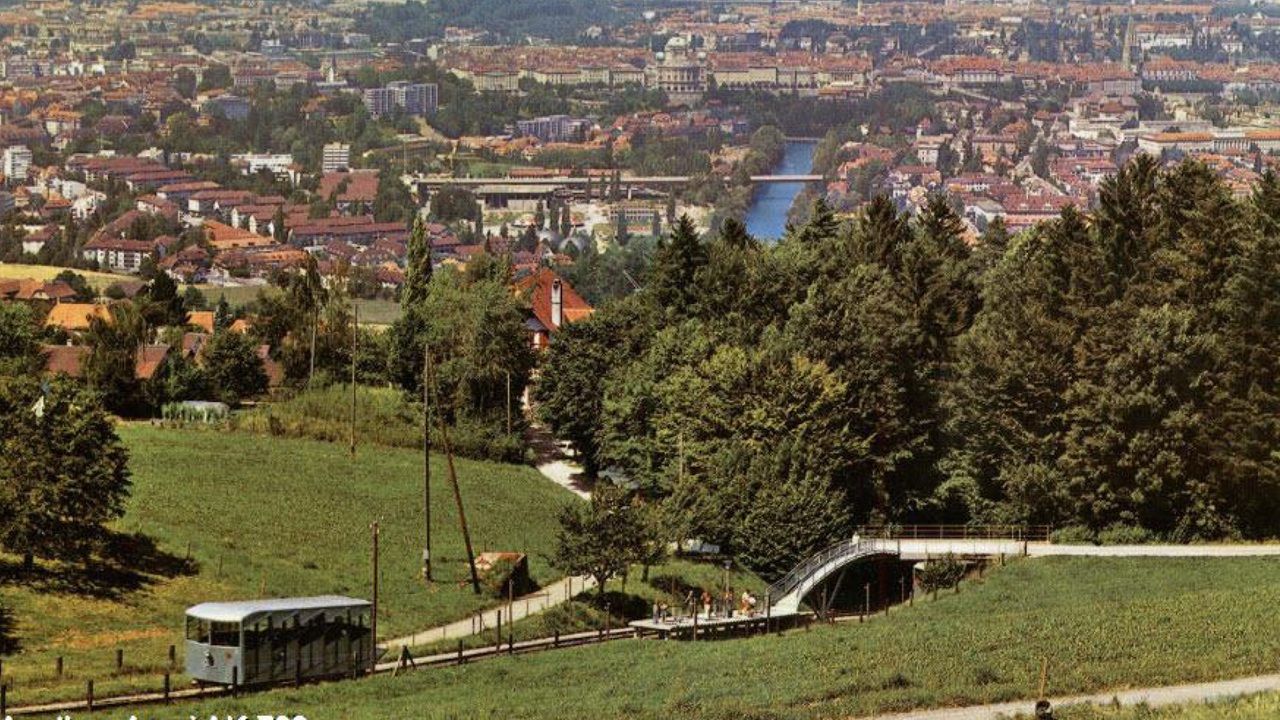
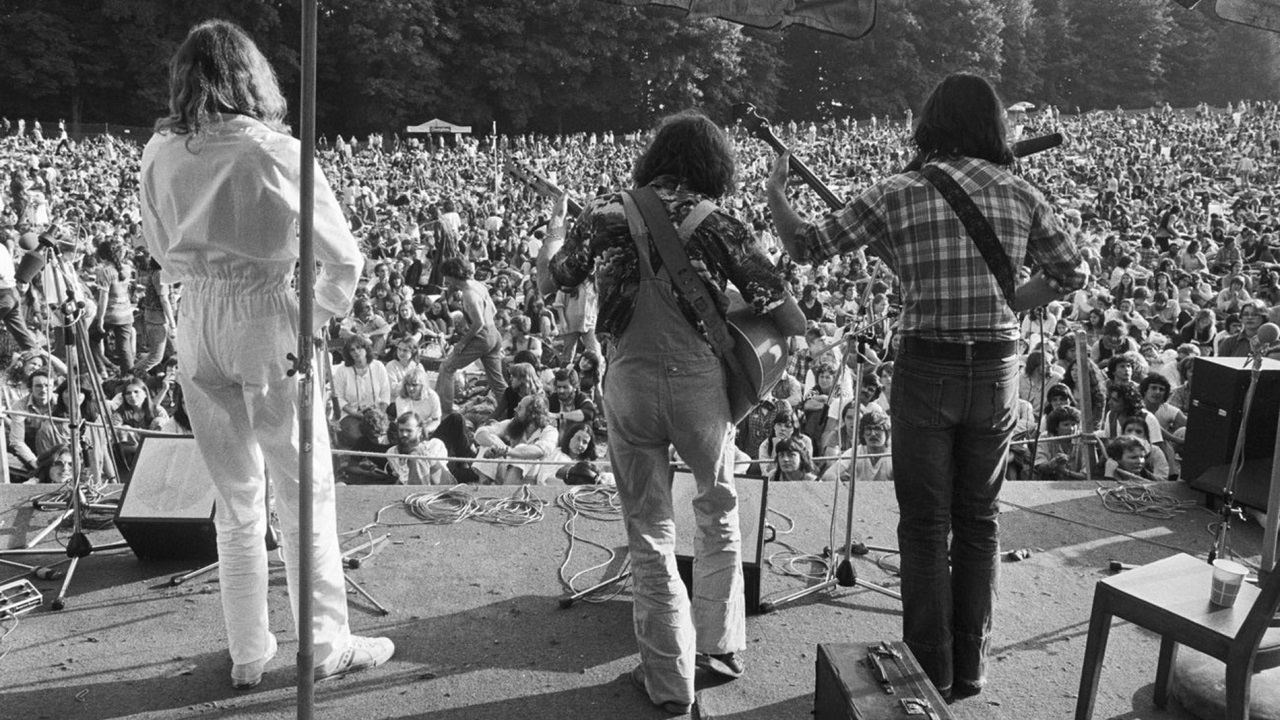
Gurten Festival
The open-air festival held on the mountain in 1991 was a resounding success. Many of the festival-goers traveled up to the venue via the Gurten funicular.
All thanks to Migros
Migros invested in a “Park im Grünen” on the Gurten and an area of 100,000 m2 was turned into a new corner of paradise for visitors to the Gurten. The Gurten – Park im Grünen was a place where people could play, walk, enjoy culinary delicacies and organize cultural events or business meetings. On November 19, 1999, the new “dream mountain” was opened with its fun park, Kids Cars and miniature train, basketball hoops, 9-hole frisbee golf course, new restaurants, Kulturschür and much more besides.
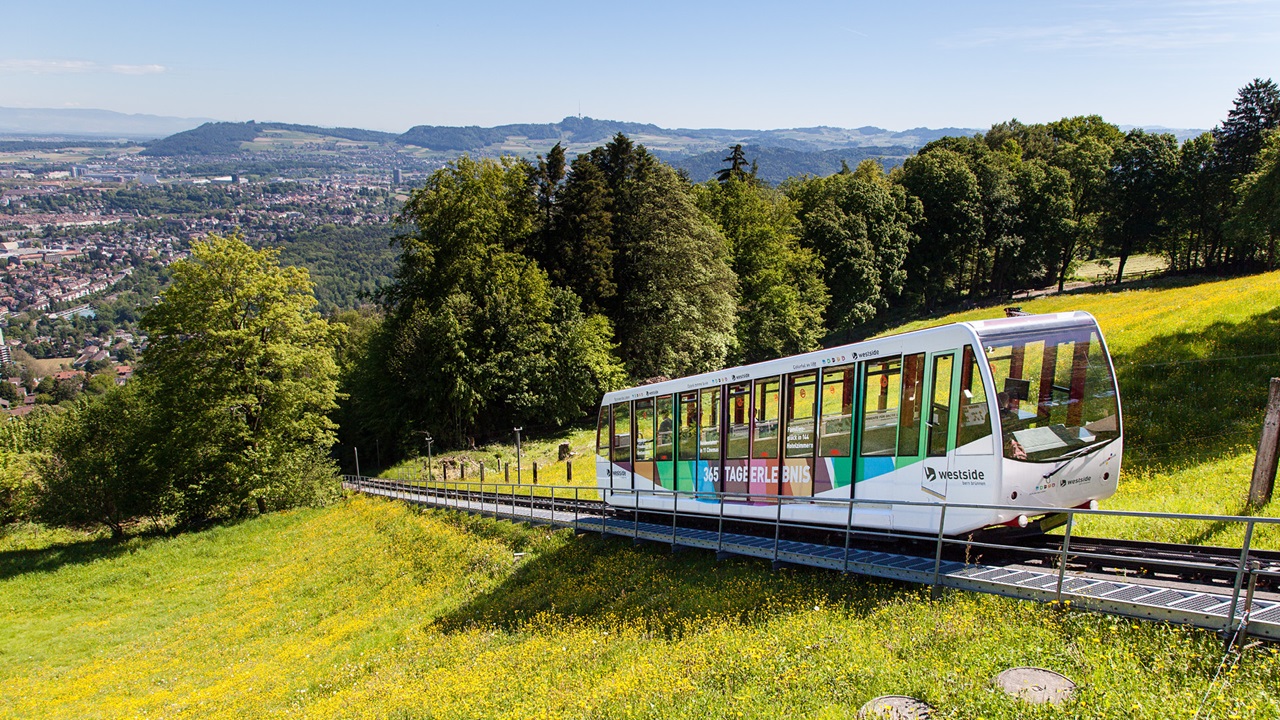
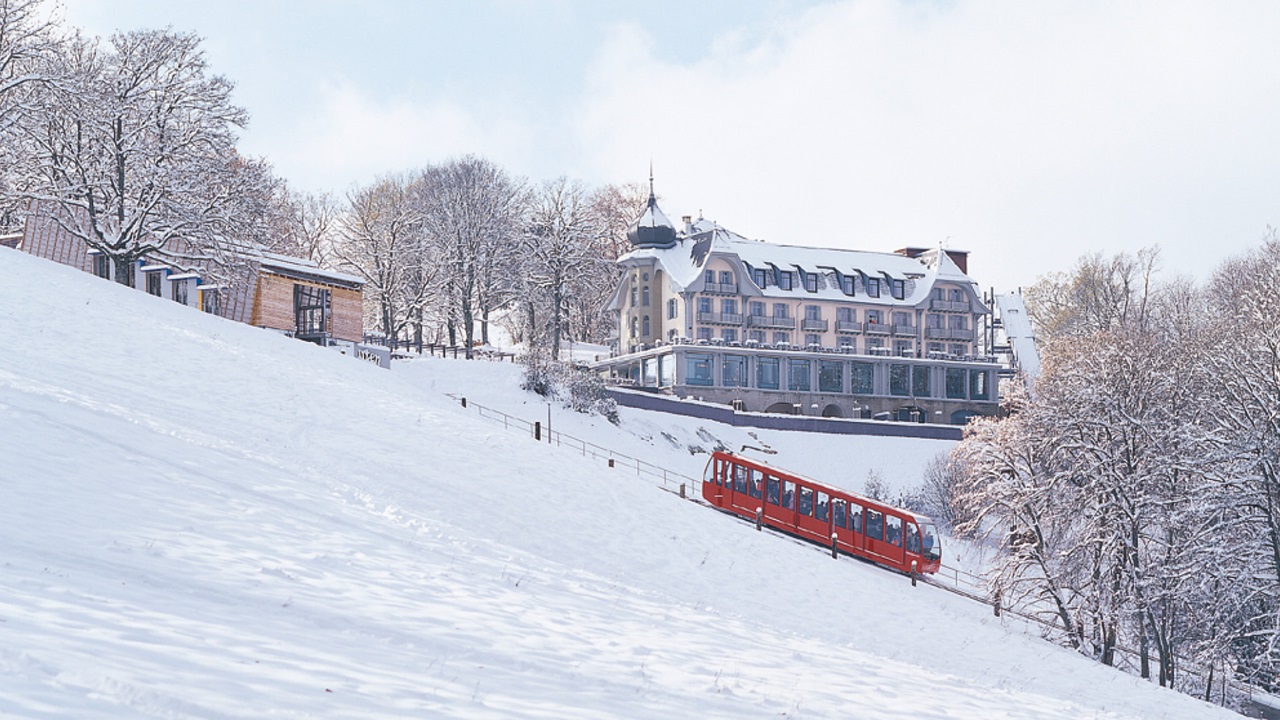
Snow sports again – at last
A pre-owned ski lift from the Lenk Bergbahnen was brought into service in 2004, after years of no skiing. In the very first winter, skiing and sledding was possible on some 67 days.
Gurten festival-goers
For the first time in 2005, the Gurten Festival was held over four consecutive days. The Gurten funicular transported a total of 130,000 passengers over a period of 96 hours. That meant that in 2005, almost 1/8 of all passengers used the funicular during this period.
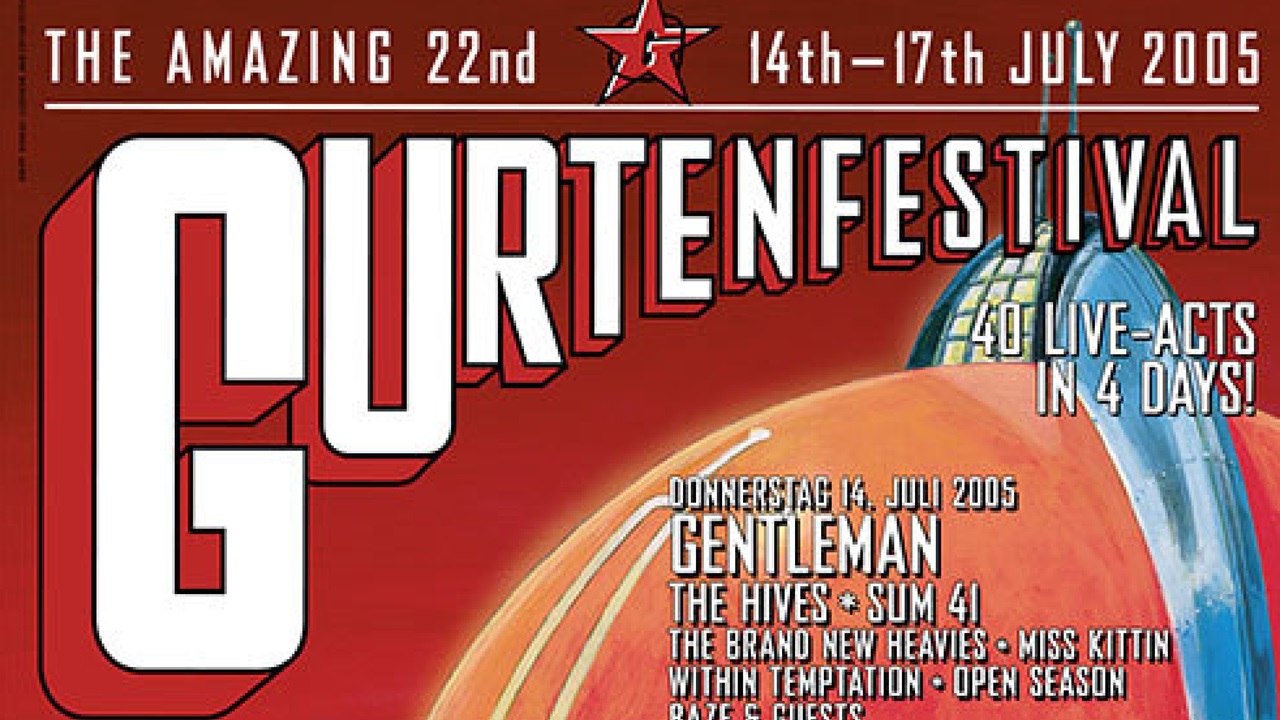
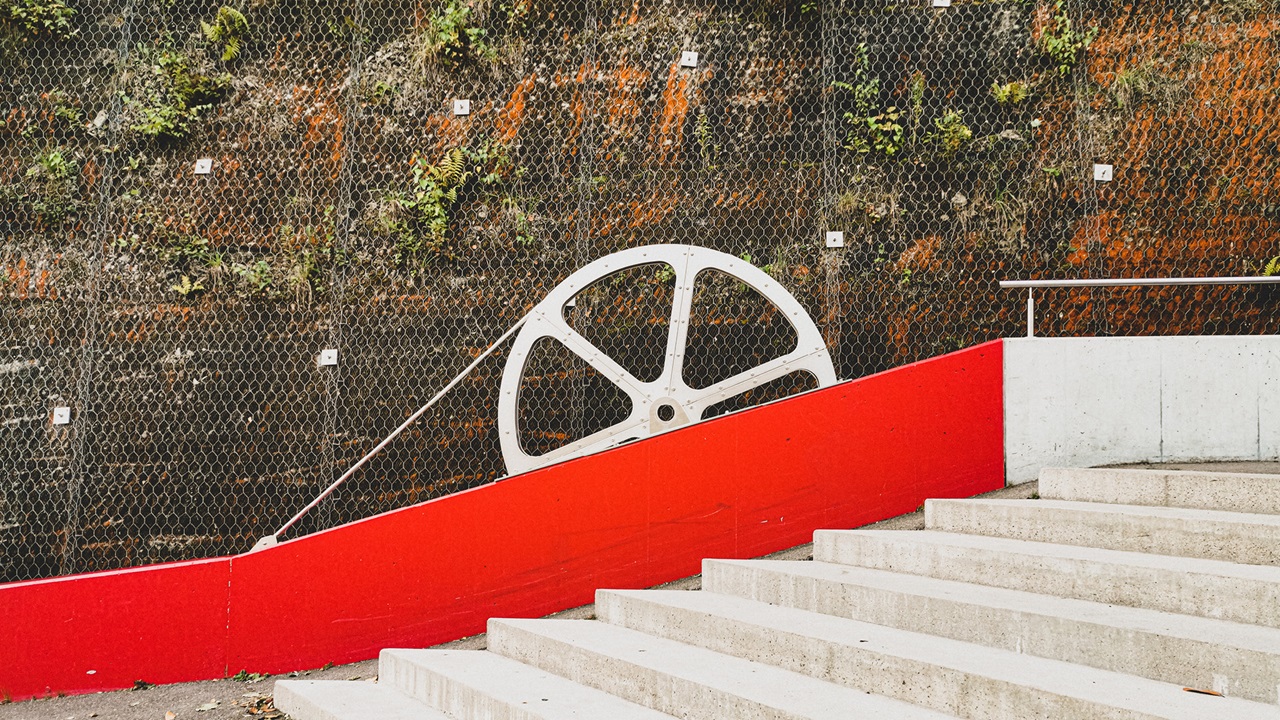
Gurten funicular – in constant change
The existing forecourt was redeveloped in 2014 so that coaches could also turn around. To this end, the rock face was comprehensively renovated and pushed back about seven meters.
The digital control process has found its way into the Gurten funicular through the introduction of the SwissPass. At the same time, all of our ticket offices and machines have been updated to the latest generation.
A toboggan run for the Gurten funicular
The toboggan run was opened on May 24, 2016, with a grand inauguration event, although the facility had to be closed for several days due to heavy rain over the following days. In its first year of operation, a total of 56,700 descents was recorded.
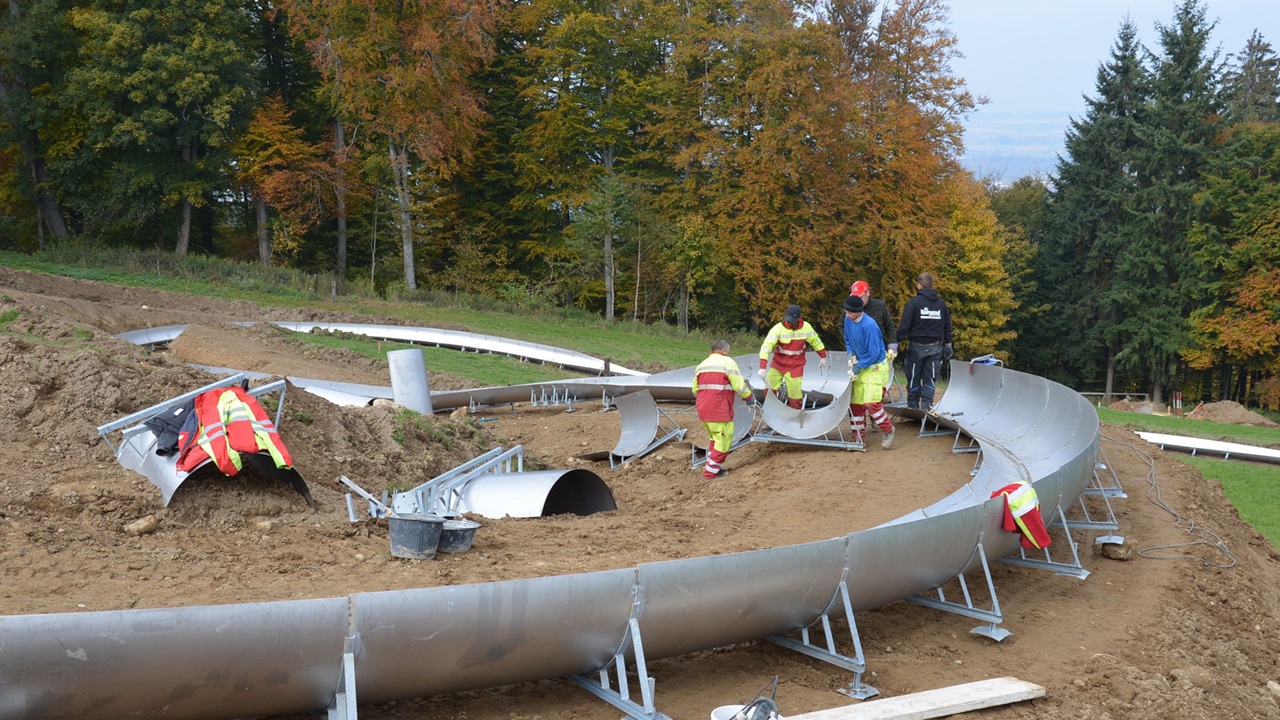
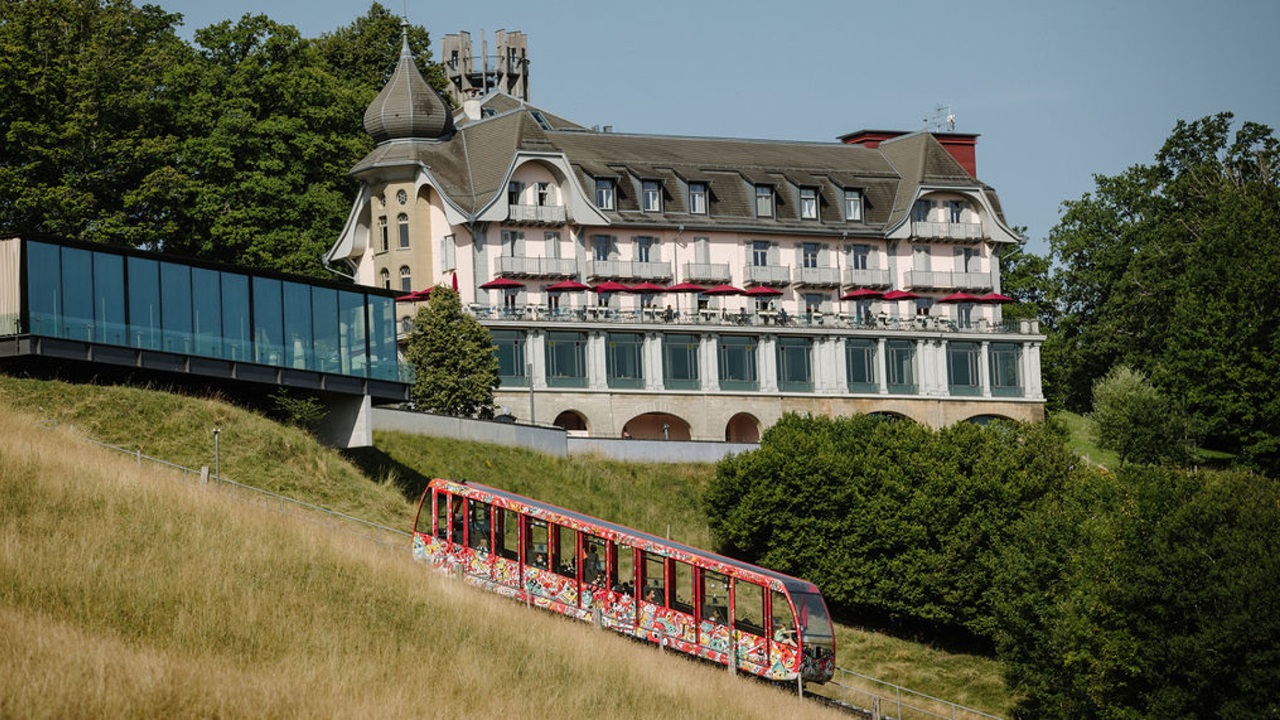
2017 – the record-setting year
In addition to a new record of one million passengers traveling on the funicular, an increase in traffic revenue was also recorded. The toboggan run enjoyed a record number of descents with a total of 74,778.
Only a year later, Storm Eleanor caused the funicular to stop running as a precautionary measure. The cycling trail was severely damaged and was closed for a long period of time. It was reopened on March 30 – Good Friday. In April, the funicular transported more than 11,000 bikes.
Gurtenbahn Bern AG revamped its appearance and its logo. Even the funicular itself was given a face-lift. The two artists — M.S. Bastian and Isabelle L. – decorated the Gurten funicular with their illustrations.
Coronavirus
March 14, 2020 saw the beginning of the coronavirus lockdown and the Gurten funicular was forced to interrupt its service for 11 weeks. Service resumed on June 6. With the second lockdown, the Gurten funicular was authorized to serve the ski area and began operating again in compliance with certain protective measures.
On June 6, 2021, as the Federal Council began relaxing its restrictions, the funicular resumed its regular timetable. The renovated BLS station has since guaranteed barrier-free access to the Gurten station by public transportation.
With major events, such as the Gurten Festival and Theater Gurten being canceled, fewer passengers took the funicular than in previous years.
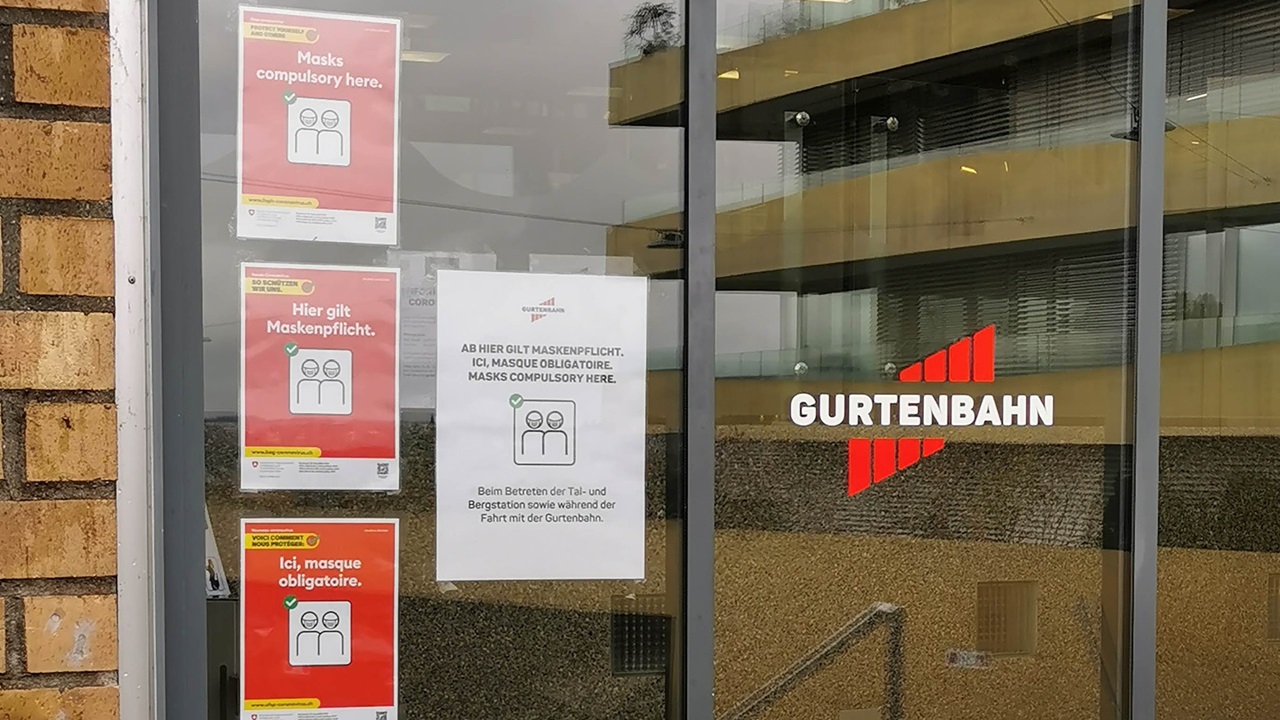
More information
Here you can see a detailed list of the key milestones in the history of Gurtenbahn Bern AG.
Source reference
The pictures and photos have been obtained from Bern Burgerbibliothek, the Gurten – Park im Grünen archive and Gurtenfestival AG.

